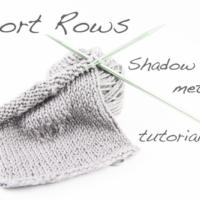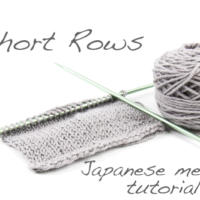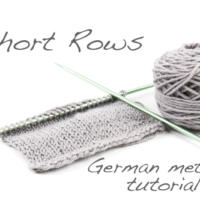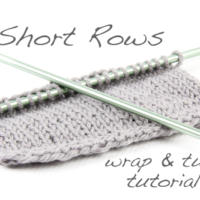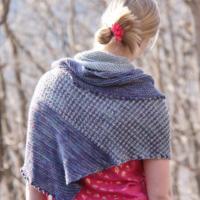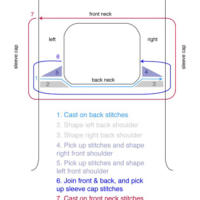
As a confirmed topdown sweater knitter, I’ve embraced raglan, seamless set-in, and contiguous sleeve constructions that begin with a cast on at the top. My latest favorite adds the simultaneously worked sleeve to the seamless, set-in method. It’s a nifty way to create that tailored set-in sleeve look, without having to pick up stitches for the sleeve cap from the armhole and then work short rows, or knit the sleeve separately and seam it into the armhole. Mind you, I love a good short row sleeve cap. It’s just nice to have additional techniques available for when you feel like a change, or have a technical need such as an easy way to make perfectly matched stripes around the upper body and sleeves of a sweater. Simultaneous sleeves are a variation of the seamless topdown sweater method. In that method, you cast on stitches for the back shoulders and neck, and work (often with a tiny bit of short row shoulder shaping) to the armscye depth. Then you pick up stitches from each back shoulder . . .



